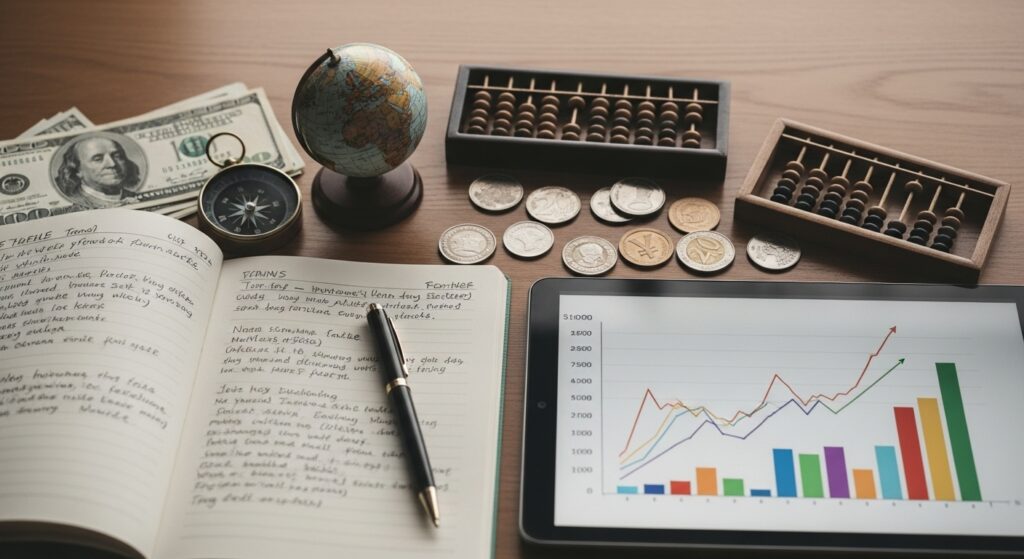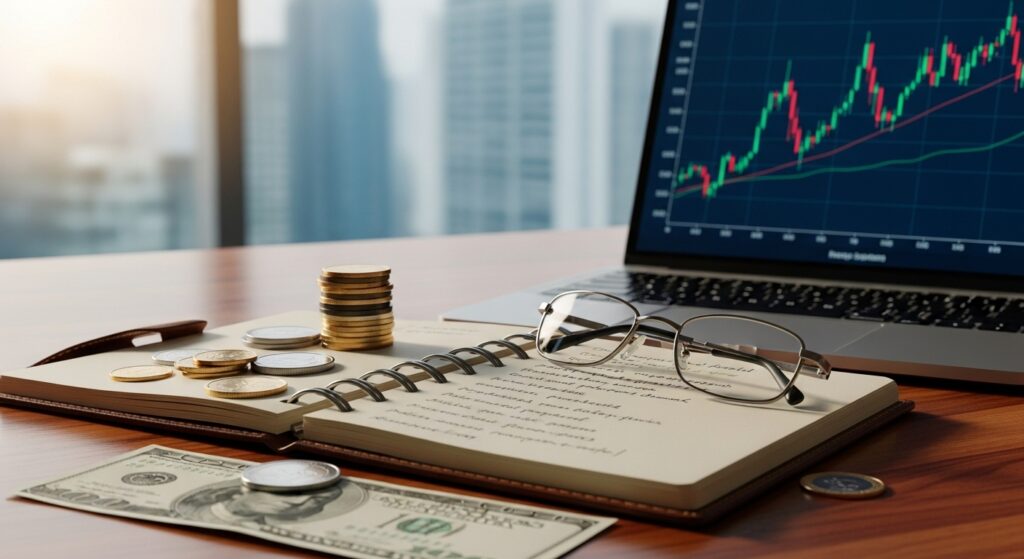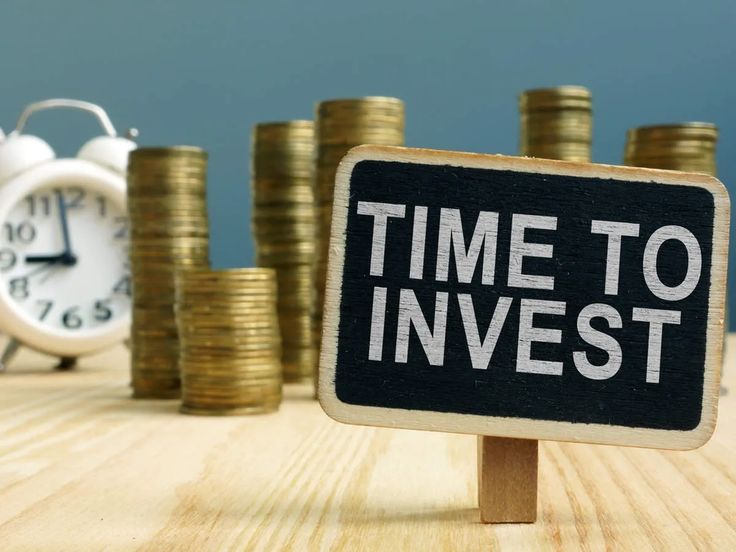Learn how to create a diversified, risk-adjusted investment portfolio for global markets. Discover asset allocation techniques that balance safety, growth, and long-term wealth.
In the modern financial landscape, a balanced investment portfolio isn’t just about owning a mix of assets — it’s about building stability, resilience, and growth across multiple economic cycles. Whether you’re a first-time investor or managing a global portfolio, mastering balance is the cornerstone of sustainable wealth creation.
1. The Core Principle: Diversification as Risk Armor
The golden rule of portfolio construction is diversification — “don’t put all your eggs in one basket.”
By spreading investments across different asset classes, industries, and geographies, you minimize the risk of large losses from any single investment.
A globally diversified portfolio typically includes:
- Equities (Stocks): Growth potential and inflation hedge
- Bonds: Income stability and volatility reduction
- Real Estate: Tangible asset protection and consistent returns
- Cash & Money Markets: Liquidity and short-term safety
- Alternatives: Hedge funds, commodities, or digital assets for non-correlated growth
Balanced investing isn’t about chasing the highest return — it’s about steady compounding over decades.

2. Asset Allocation: The Strategic Foundation
Asset allocation determines roughly 90% of a portfolio’s performance, according to studies by Vanguard and Morningstar. The right mix depends on your risk tolerance, goals, and time horizon.
Example global models:
- Conservative Portfolio: 20% stocks, 60% bonds, 20% cash
- Moderate Portfolio: 50% stocks, 30% bonds, 20% alternatives
- Aggressive Portfolio: 70% stocks, 20% bonds, 10% cash
Revisit your allocation annually to adjust for market shifts and life milestones.
3. Geographic and Sector Balance
True diversification extends across borders. A healthy portfolio includes both developed and emerging markets exposure — such as the U.S., Europe, and Asia.
This global spread helps reduce country-specific risks and capitalize on growth in different regions.
Additionally, balance your portfolio by sector — technology, healthcare, energy, and consumer goods — ensuring that downturns in one industry don’t derail your overall performance.

4. Rebalancing: The Art of Discipline
Over time, asset values fluctuate. Rebalancing — restoring your portfolio to its target allocation — maintains your intended risk level.
For example, if your stocks outperform and grow from 60% to 75% of your portfolio, you sell a portion to return to your 60% target.
This process enforces buying low and selling high, the foundation of disciplined investing.
5. Behavioral Balance: Avoiding Emotional Traps
Even the best-diversified portfolio can fail if the investor reacts emotionally.
Avoid panic selling during downturns or overconfidence during rallies.
Legendary investor Jack Bogle advised, “Stay the course. No matter what happens, stick to your plan.”
Patience and consistency remain your most valuable assets.
6. The Modern Twist: ESG & AI-Driven Investments
Today’s investors are increasingly aligning portfolios with sustainability goals. ESG (Environmental, Social, and Governance) funds allow you to invest ethically while maintaining performance.
Meanwhile, AI-driven portfolio tools now use predictive analytics to optimize allocations in real time, making global diversification more efficient than ever.

Frequently Asked Questions (FAQs):
Q1. What makes a portfolio “balanced”?
A portfolio is balanced when it includes a strategic mix of assets that align with your risk tolerance, time horizon, and goals, minimizing volatility while maximizing long-term return potential.
Q2. How often should I rebalance my portfolio?
Most experts recommend reviewing allocations annually or when asset weightings deviate by more than 5–10%.
Q3. Is global diversification really necessary?
Yes. It reduces exposure to any single economy or currency risk and provides access to different growth cycles worldwide.
Q4. Should I include crypto or alternative assets?
Only if you fully understand the risks. Limit them to 5–10% of your total portfolio.
Q5. Can I build a balanced portfolio with small investments?
Absolutely. ETFs and fractional investing now allow global diversification with minimal capital.
InvestSmart #GlobalFinance #WealthStrategy #PortfolioManagement #FinancialFreedom #Diversification #SustainableInvesting #InvestmentTips #MoneyGrowth #LongTermWealth

